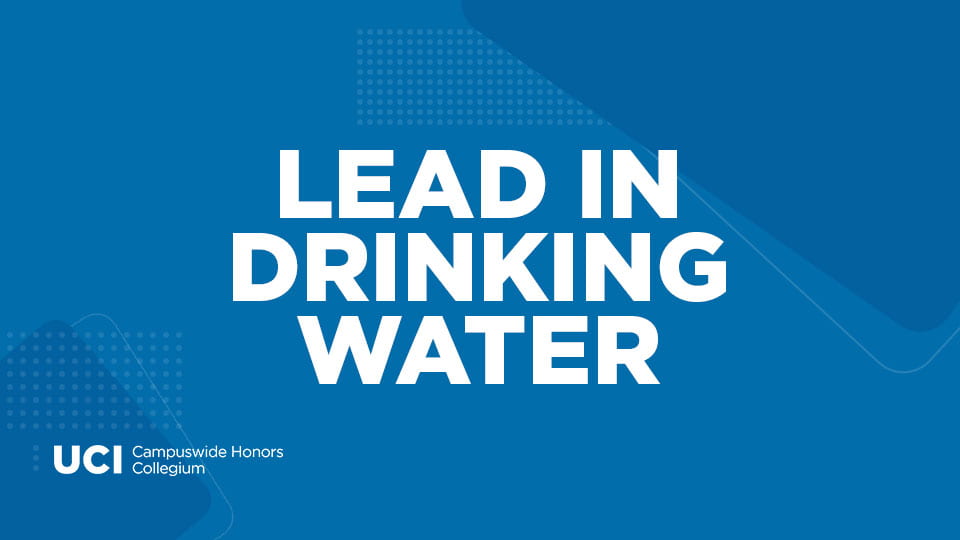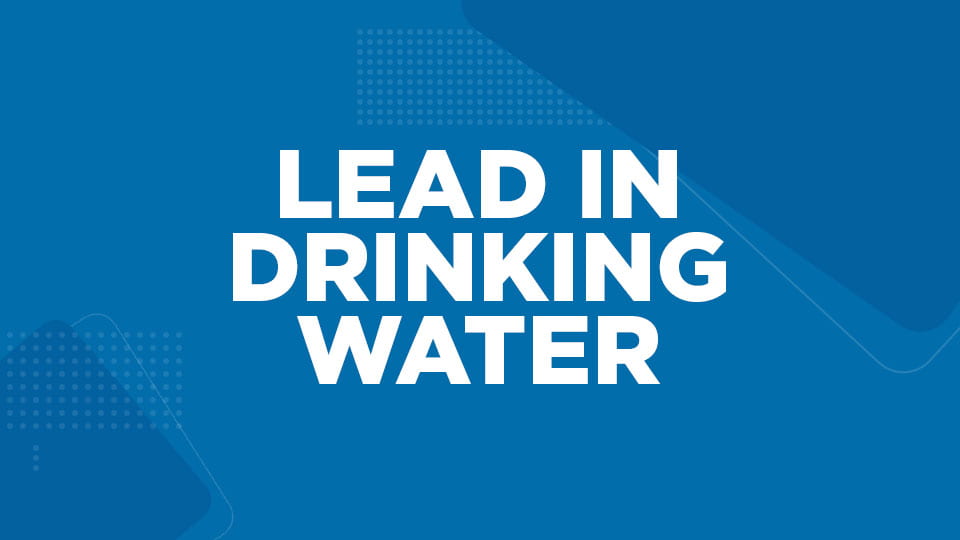
Abstract:
Lead in drinking water is a sustainability and health issue, especially in modern-day society. As of early 2018, 53% of public schools in South Seattle and 36% of schools in North Seattle have been found to have concentrations of lead above the district’s standard of 10 ppb. The consequences of drinking lead water, even at very low concentration levels, are harmful because it accumulates in the body over time; therefore, the EPA set the maximum contaminant level goal for lead in drinking water to zero (EPA, 2020). Children are especially vulnerable to lead because low exposure levels can result in physical and behavioral problems. Lead exposure harms a child’s central and peripheral nervous system, which impedes their development and can result in learning disabilities, impaired hearing, impaired functionality of blood cells, and shorter stature (EPA, 2020). This issue is an economic and social sustainability problem. The neurological damage from lead impedes children from maximizing their economic potential, and the lack of safe drinking water voids people their human right to necessities. State officials have researched lead levels in the water and have implemented intervention methods such as increasing water testing frequency, changing filters, educating people to let contaminated water flow before consuming. We utilize information on Seattle’s current intervention policies as well as to conduct a literature review on the Flint Michigan Water crisis to understand possible sources of the problem and how to improve the intervention processes.
Please download the PDF file here.


